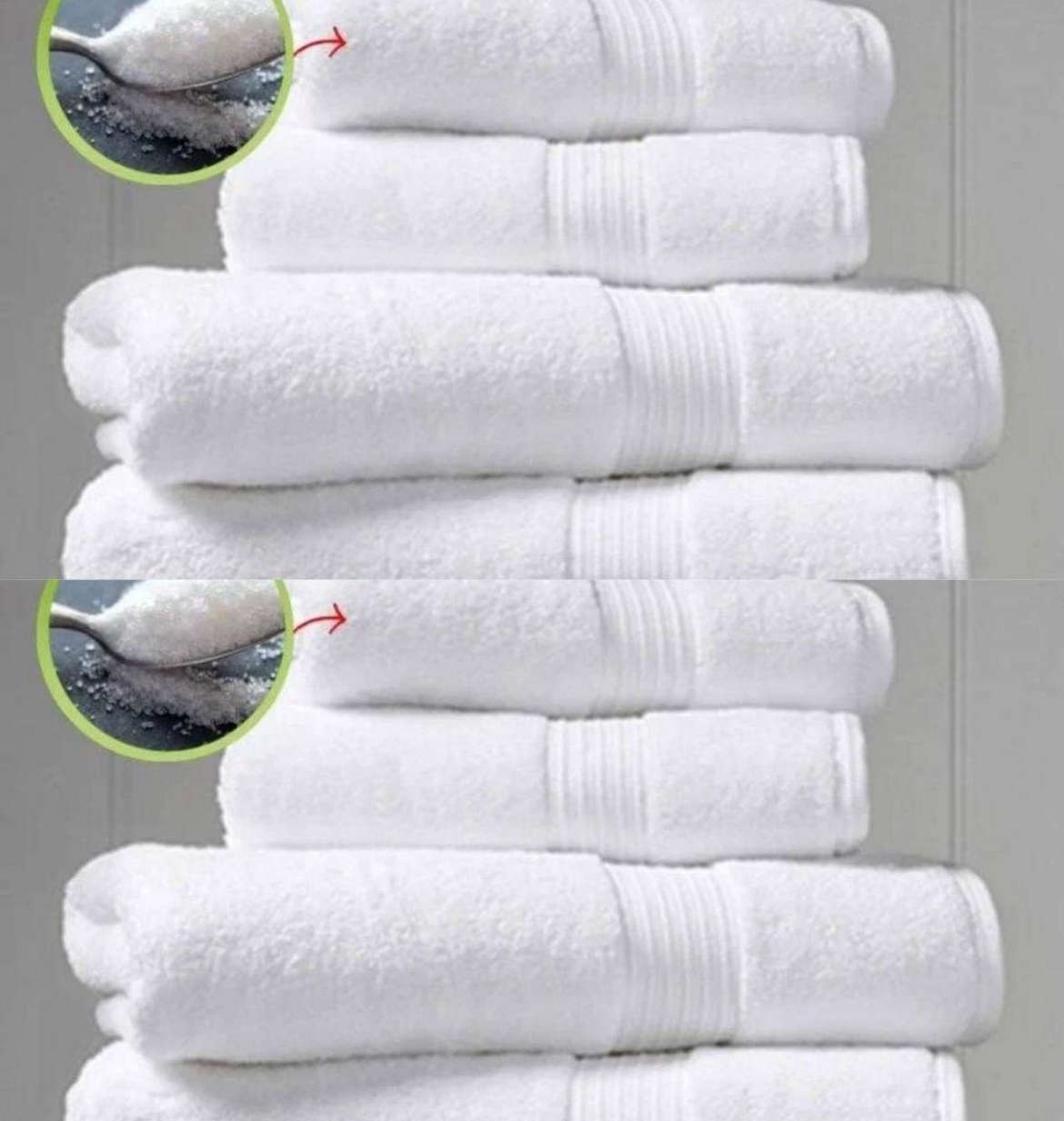Of course! Here is a comprehensive guide to natural, eco-friendly solutions for achieving brighter white laundry, free from harsh chemicals.
Natural Solutions for Brighter Whites: Eco-Friendly Laundry Tips
Tired of dingy, grey-looking whites but want to avoid the environmental impact of chlorine bleach and synthetic brighteners? You’re in luck! Nature and a few smart household habits offer powerful, safe, and effective alternatives.
The key to bright whites isn’t always a single miracle product; it’s a combination of preventative care, effective natural bleaching agents, and proper laundry techniques.
—
1. The Power of the Sun: Original & Natural Bleach
This is the oldest and most eco-friendly method there is. The sun’s ultraviolet (UV) rays have a natural bleaching and sanitizing effect.
· How to do it: After washing, hang your white laundry (e.g., cotton t-shirts, sheets, cloth diapers) outside in direct sunlight. For best results, items should be damp.
· Pro Tip: Turn the garment inside out to prevent any potential fading of prints or trims while still allowing the sun to brighten the main fabric.
· Why it works: UV radiation breaks down the stubborn, invisible organic compounds that cause yellowing and graying, leaving whites brilliantly white and fresh-smelling.
2. The Classic: White Vinegar Soak
Vinegar is a laundry powerhouse. Its acidity helps to:
· Break down residue from detergent, sweat, and body oils.
· Soften hard water minerals that can trap dirt in fibers.
· Act as a natural fabric softener and deodorizer.
· How to do it: For a periodic brightening soak, add 1 cup of white vinegar to a basin or bucket of warm water. Submerge your white garments and let them soak for 30 minutes to an hour before washing as usual.
· For the wash cycle: Add ½ to 1 cup of white vinegar to the fabric softener dispenser or during the final rinse cycle. This prevents residue buildup over time.
3. The Stain-Fighting Duo: Baking Soda & Hydrogen Peroxide
This combination creates a powerful, oxygen-based bleaching action that is gentle on fabrics but tough on stains and dinginess.
· Baking Soda: A natural alkali, it helps lift dirt and odors and softens water.
· Hydrogen Peroxide (3% solution): A mild, oxygen-based bleach that is a much safer alternative to chlorine bleach.
· How to do it:
1. In your washing machine’s drum, create a paste with ½ cup of baking soda and enough water to make it spreadable.
2. Add your white laundry.
3. Pour ½ cup of hydrogen peroxide into the detergent dispenser.
4. Wash on a warm cycle. For extra dingy items, let the machine agitate for a few minutes, then pause the cycle and let the clothes soak for 30-60 minutes before finishing.
⚠️ Important: Always test hydrogen peroxide on a hidden seam or inside label first, especially on delicate fabrics like silk or wool. Do not mix it with vinegar, as it creates a ineffective acid.
4. The Citrus Boost: Lemon Juice
Lemon juice contains citric acid, which acts as a natural bleach and stain remover when activated by heat.
· How to do it:
· For a stovetop treat: Fill a large pot with water and add slices of one or two lemons (or ½ cup of lemon juice). Bring to a boil.
· Turn off the heat and add your white cotton items (e.g., tea towels, socks, undershirts). Let them soak until the water is cool.
· Wring them out and wash as usual. The heat and citric acid work together to dissolve grime and brighten fibers.
5. Preventative Care: Stop Dinginess Before It Starts
The best way to have bright whites is to prevent them from getting dull in the first place.
· Sort Meticiously: Wash whites only with other whites. Even a single new, dark blue sock can shed dye and grey a whole load.
· Address Stains Immediately: Treat sweat stains (underarms, collars), food, and grass stains before they go into the hamper. Soak in cold water or dab with a bit of hydrogen peroxide.
· Use the Right Amount of Detergent: More detergent doesn’t mean cleaner clothes. Excess soap can build up on fibers, attracting dirt and making fabrics look dull.
· Clean Your Machine: Run an empty hot wash cycle with 2 cups of white vinegar or a washing machine cleaner monthly to remove soap scum and mold that can transfer to your clothes.
—
A Sample Eco-Friendly Whitening Routine:
1. Weekly Wash: Use a plant-based, biodegradable laundry detergent. Add ½ cup of white vinegar to the rinse cycle to prevent residue buildup.
2. Monthly Brightening: Soak your whitest items in a solution of warm water, ½ cup baking soda, and ½ cup hydrogen peroxide for an hour before washing.
3. Seasonal Deep Clean: On a sunny day, give your cottons a lemon juice boil or a good long soak, then hang them outside to dry in the sun for the ultimate natural brightening treatment.
By adopting these natural methods, you’ll not only extend the life of your favorite white clothes but also contribute to a healthier home and planet by reducing your reliance on harsh chemicals. Happy washing
